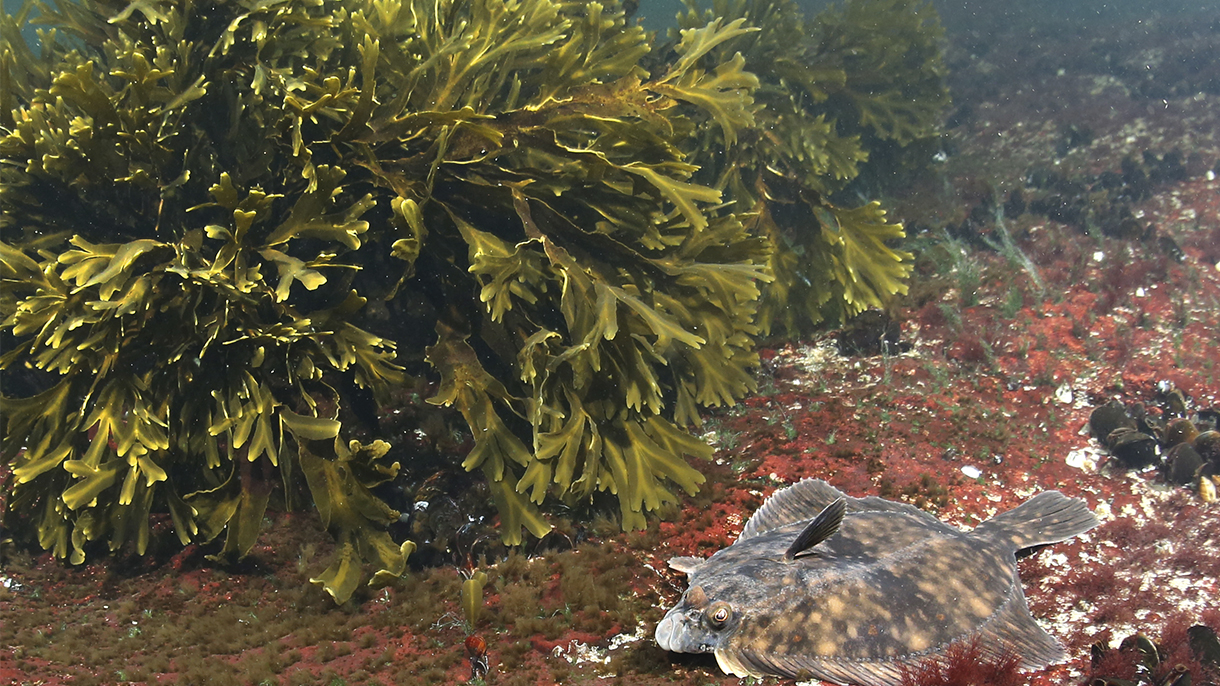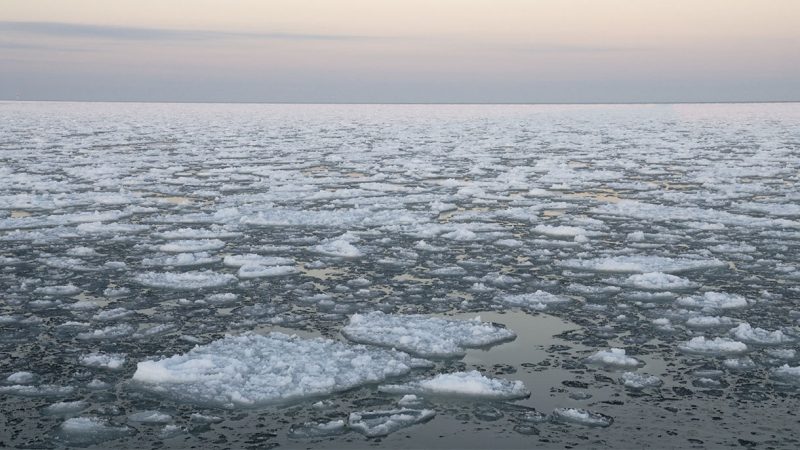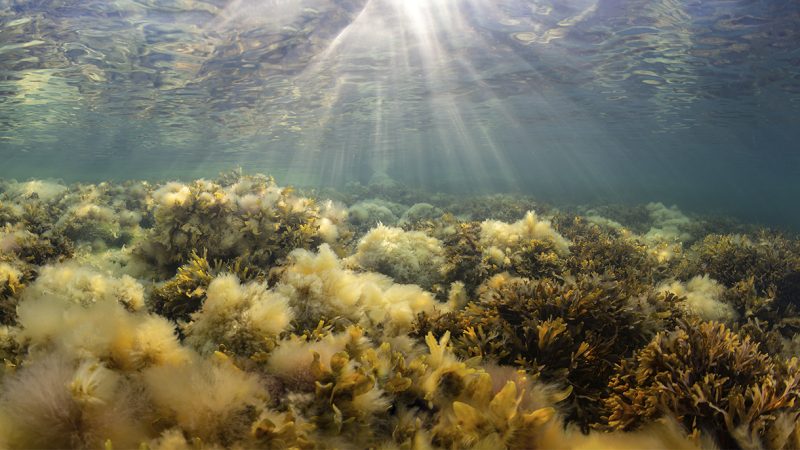Conservation of the Baltic Sea

Eutrophication and global warming have already changed the Baltic Sea, and life in the sea is struggling to adapt to the rapid changes. A diverse, healthy ecosystem is more resistant to future environmental changes, which is why conservation is a worthwhile effort.
The aim of our conservation work is a healthy Baltic Sea with not too many nutrients and algae, enough oxygen at the seafloor and a diverse and thriving marine ecosystem. Our goal is a Baltic Sea that is alive.
Why conserve the Baltic Sea?
Eutrophication is the biggest problem facing the Baltic Sea, but maritime transport, such as shipping of oil and chemicals, is also a threat to marine life. Biodiversity loss and climate change are changing our beloved Baltic Sea.
Preserving the Baltic Sea requires cooperation between all of the various actors both in Finland and internationally. The Baltic Sea Action Plan (HELCOM) is a joint action plan for the conservation of the Baltic Sea that guides actions to improve the state of the sea, but the plan’s targets are currently lagging behind.
Finland is responsible for the health of its coastal waters, and we still have a lot of work to do. Our eutrophicated coastal waters are especially burdened by nutrient runoff from agriculture and forestry.

Conservation of marine nature
The underwater nature along the Finnish coast has been mapped over a long period of time and as a result of the work, several hotspots of marine biodiversity (EMMA areas) have been identified. The health of marine ecosystems is linked to local biotopes, which is why measures to protect marine nature should also focus on areas that are locally the most important areas. About 11% of the area of the Baltic Sea is currently protected in Finland, which only accounts for one third of the 30% target level set by the EU biodiversity strategy.
A diverse, healthy ecosystem is more resistant to future environmental changes. Global warming and eutrophication have already changed the Baltic Sea, and life in the sea is struggling to adapt to the rapid changes.
The John Nurminen Foundation’s projects address eutrophication and other environmental risks to the sea and work on the restoration of seagrass meadows, which are important marine habitats. The aim of our conservation work is a healthy Baltic Sea with not too many nutrients and algae, enough oxygen at the seafloor and a diverse and thriving marine ecosystem. Our goal is a living Baltic Sea.
The Baltic Sea needs your help.
It’s not yet too late to save the sea.
